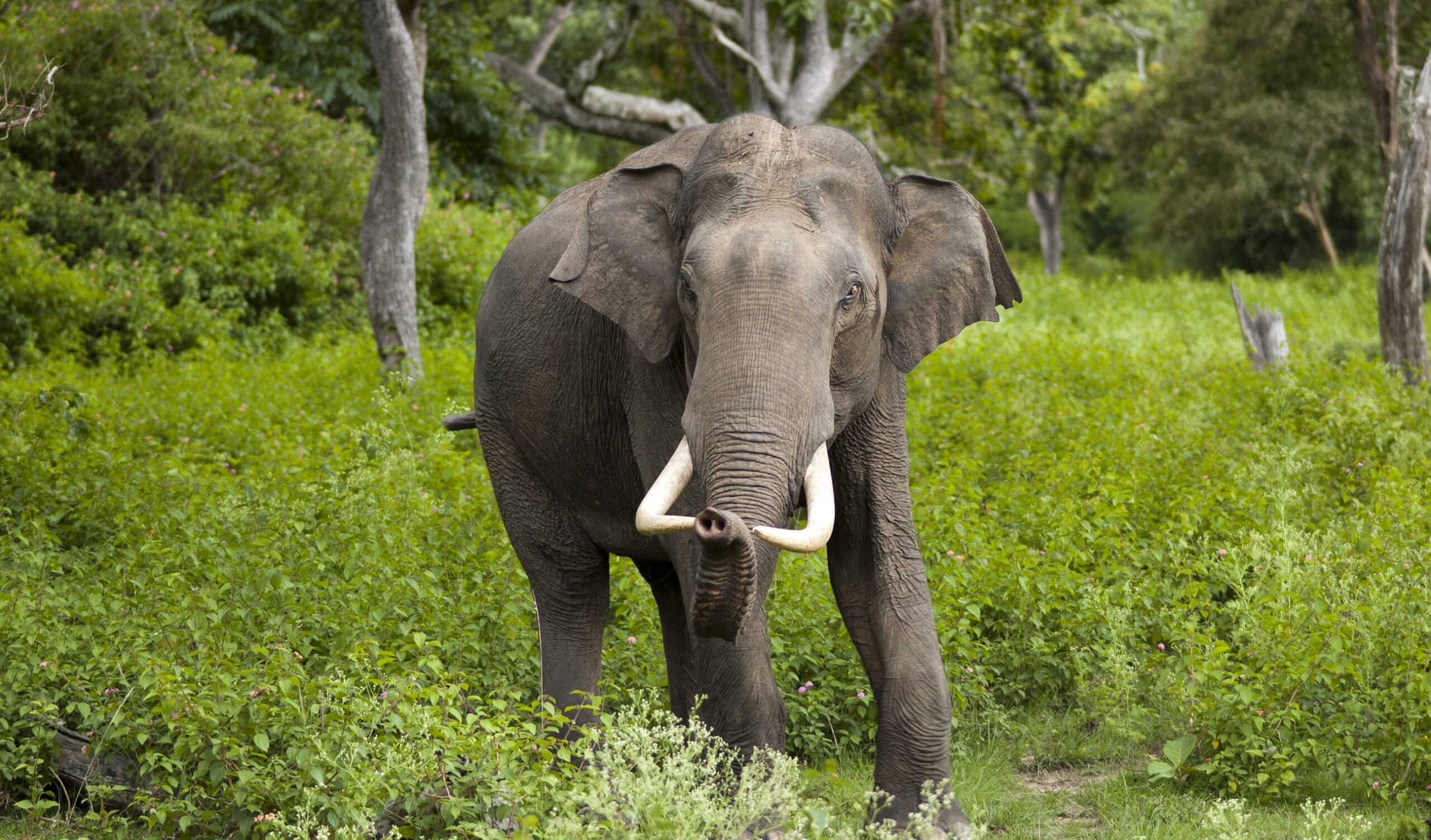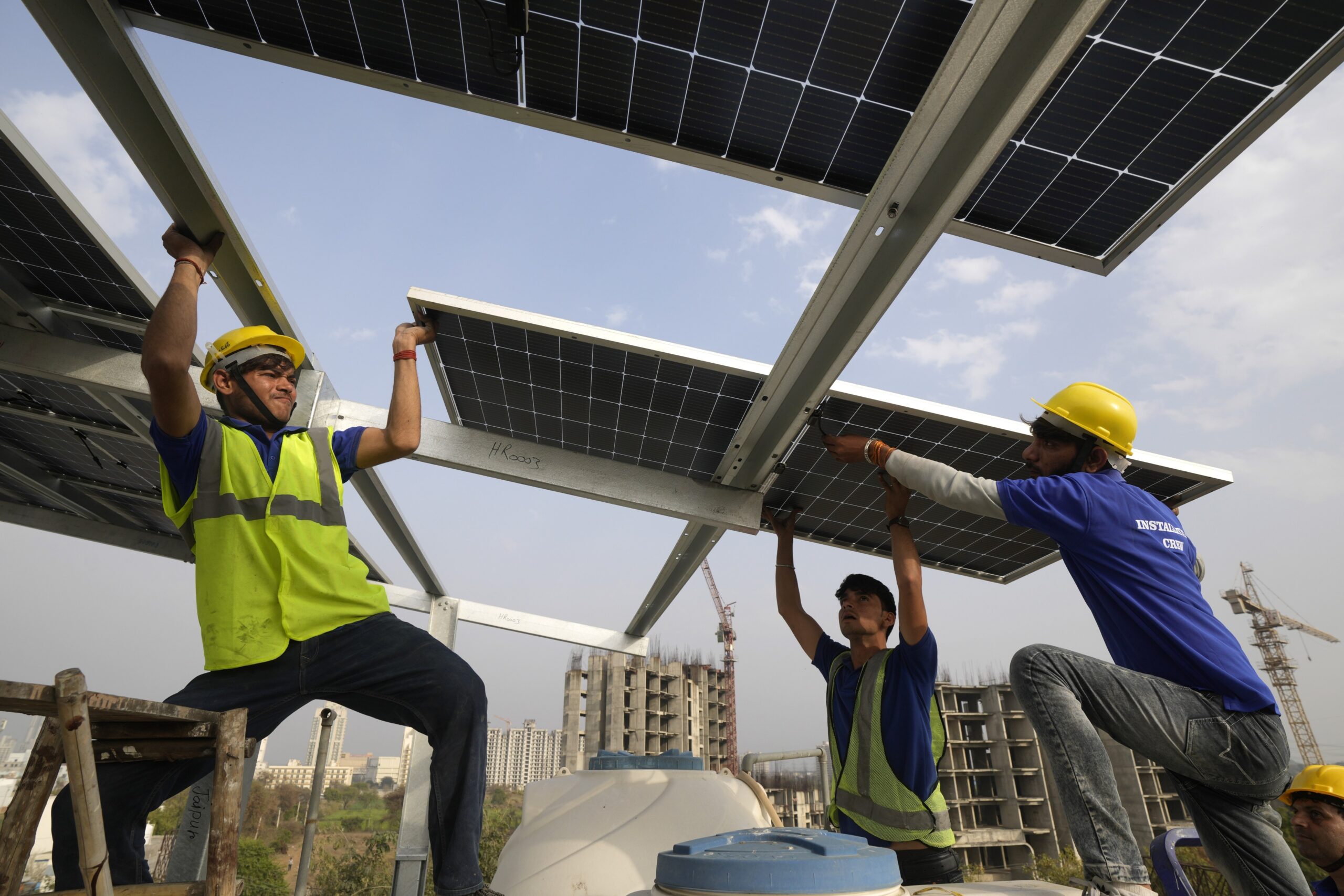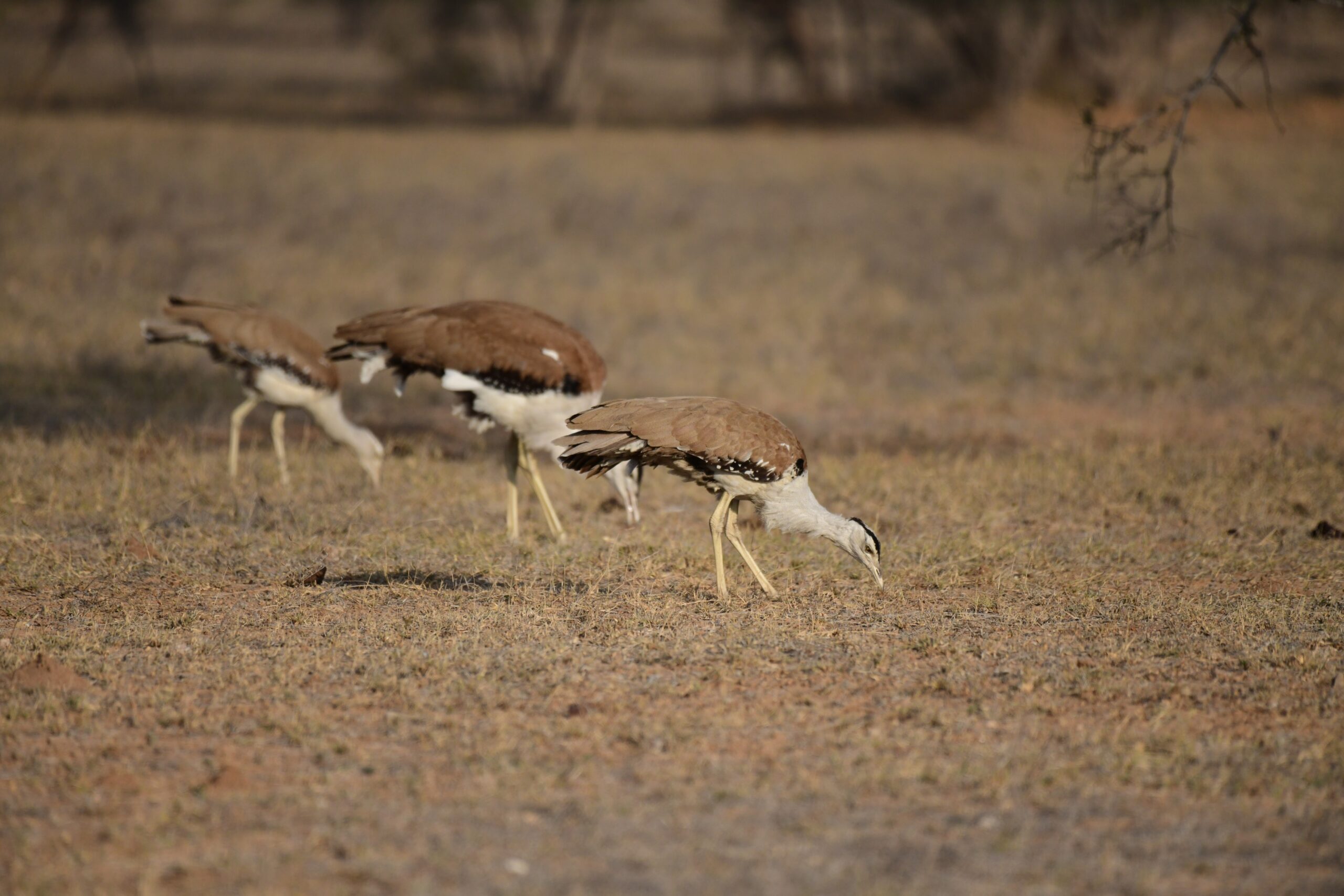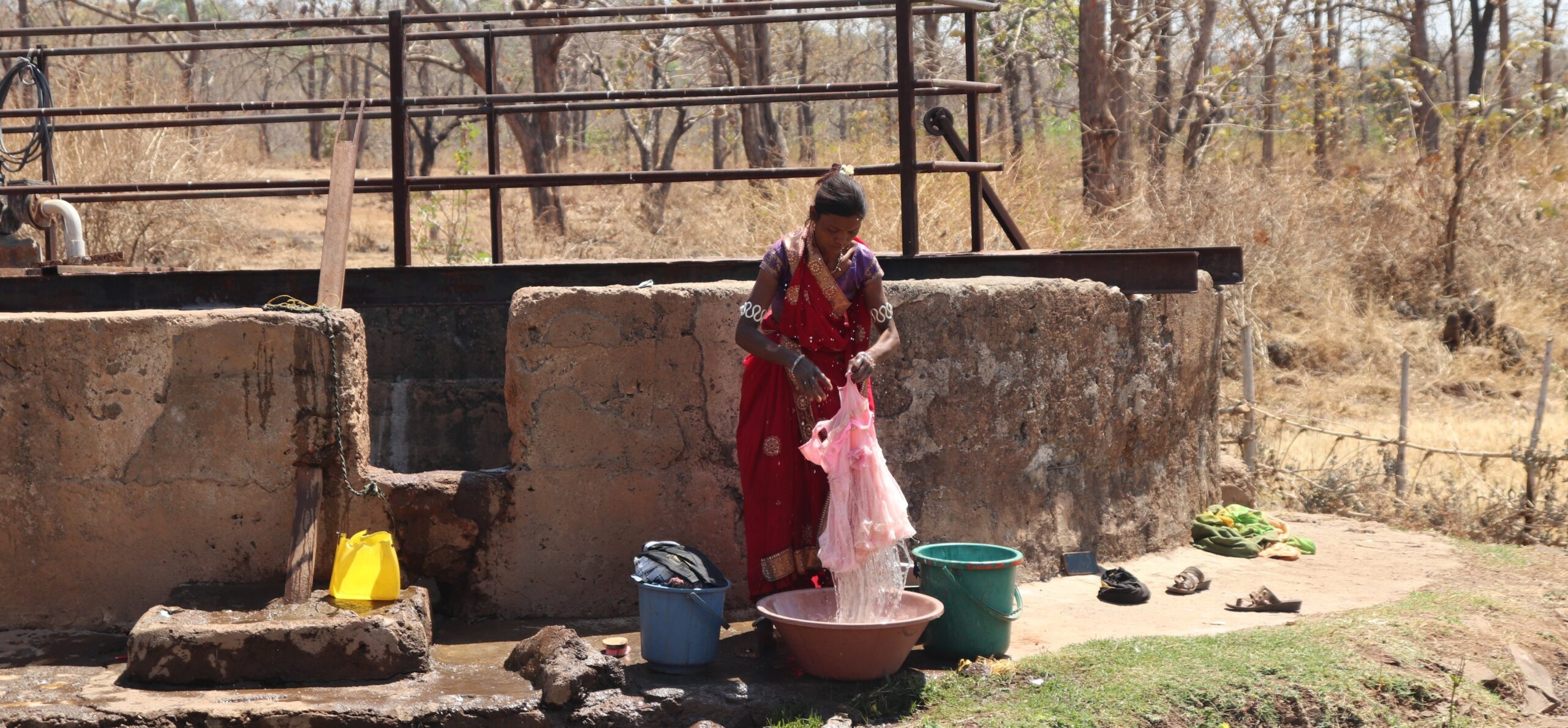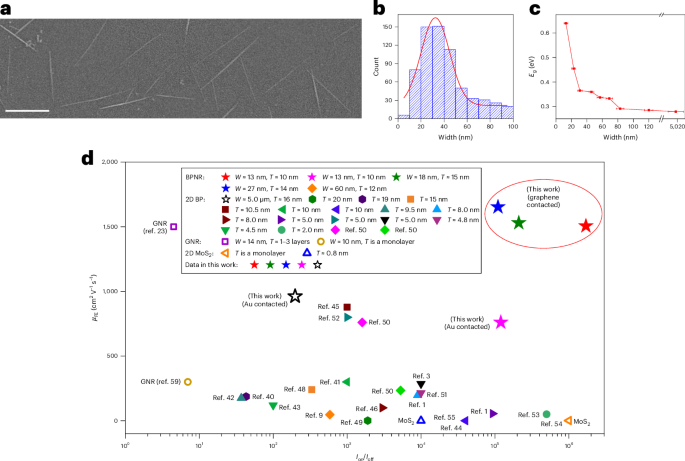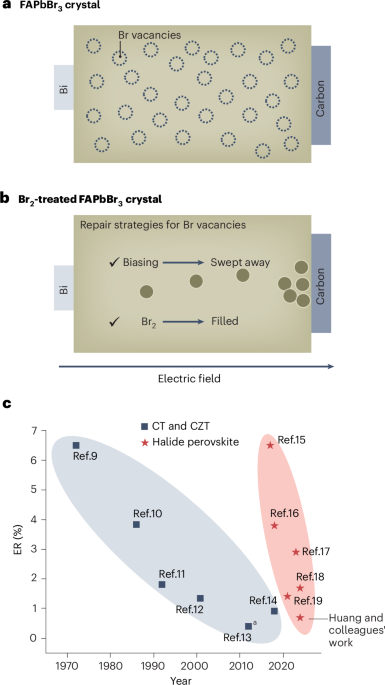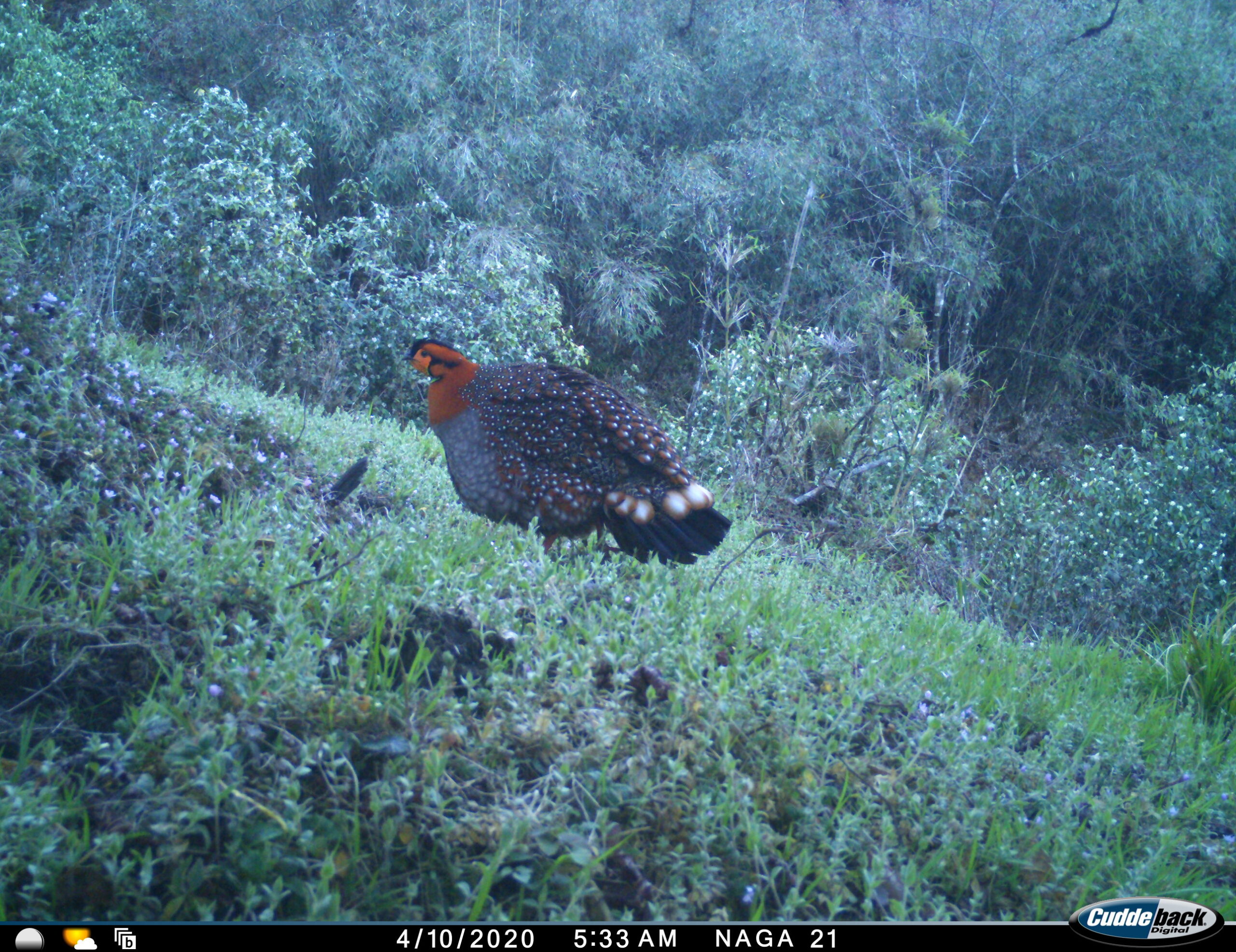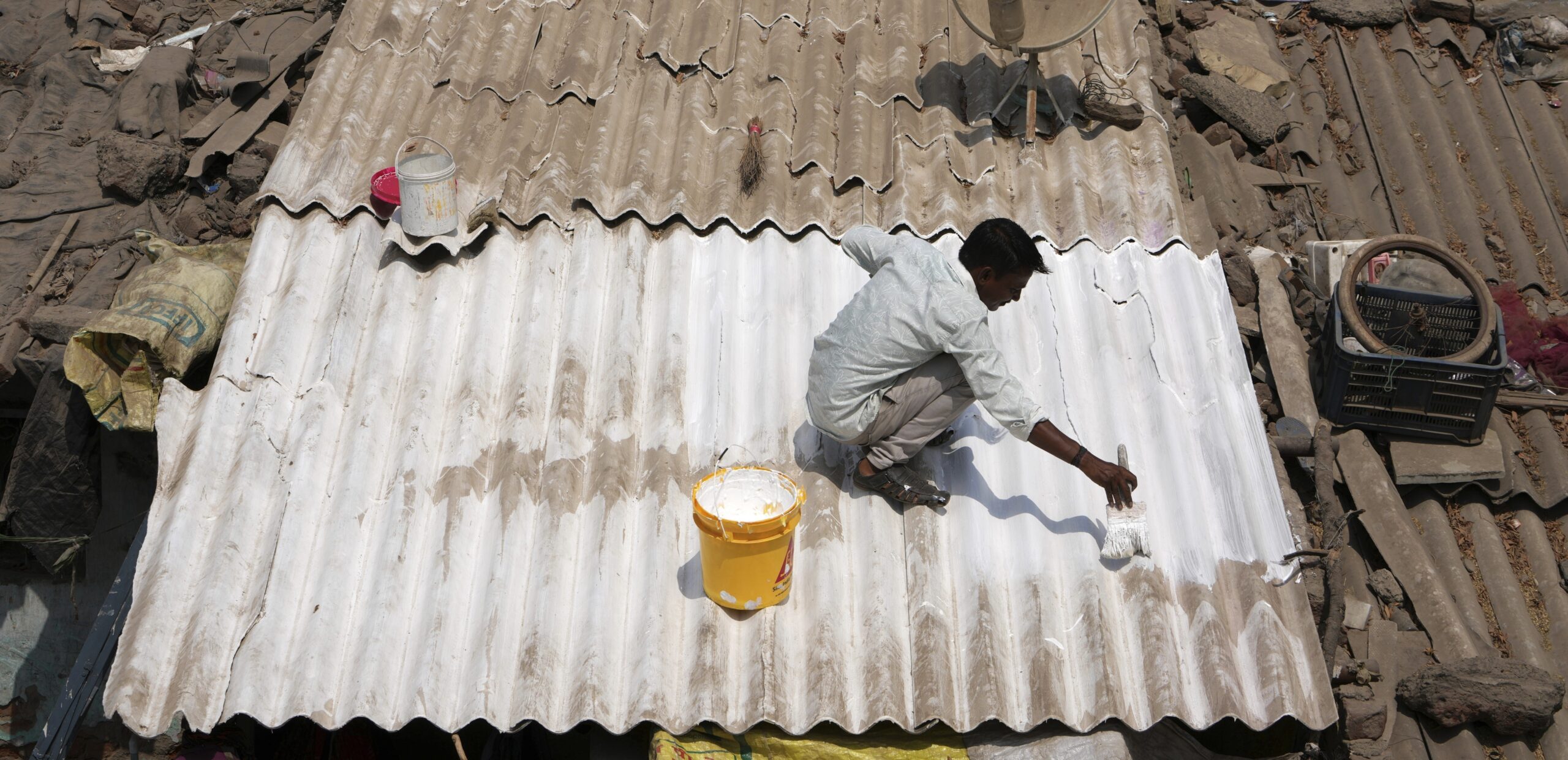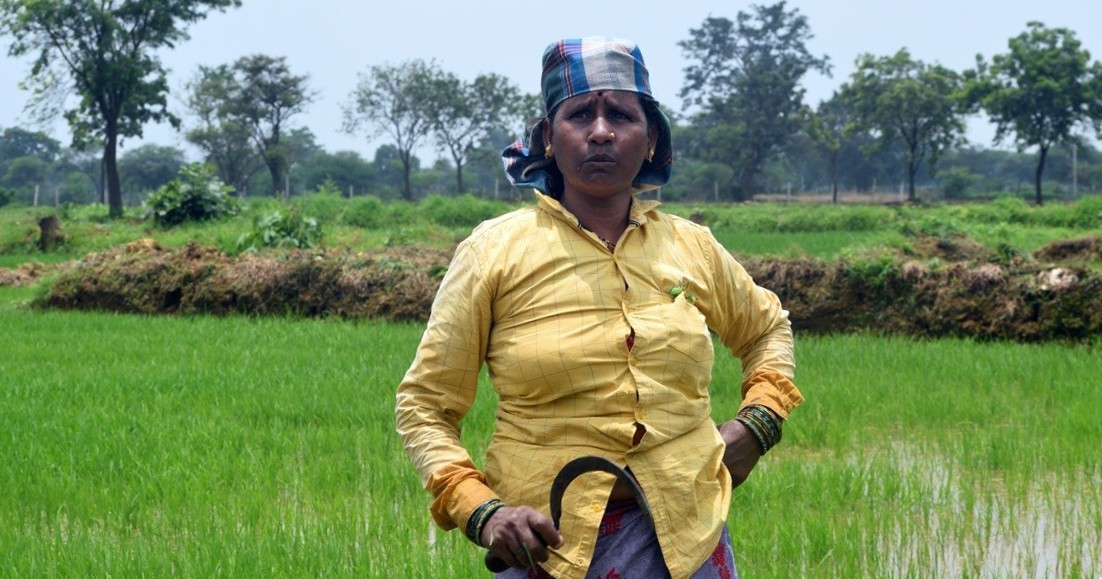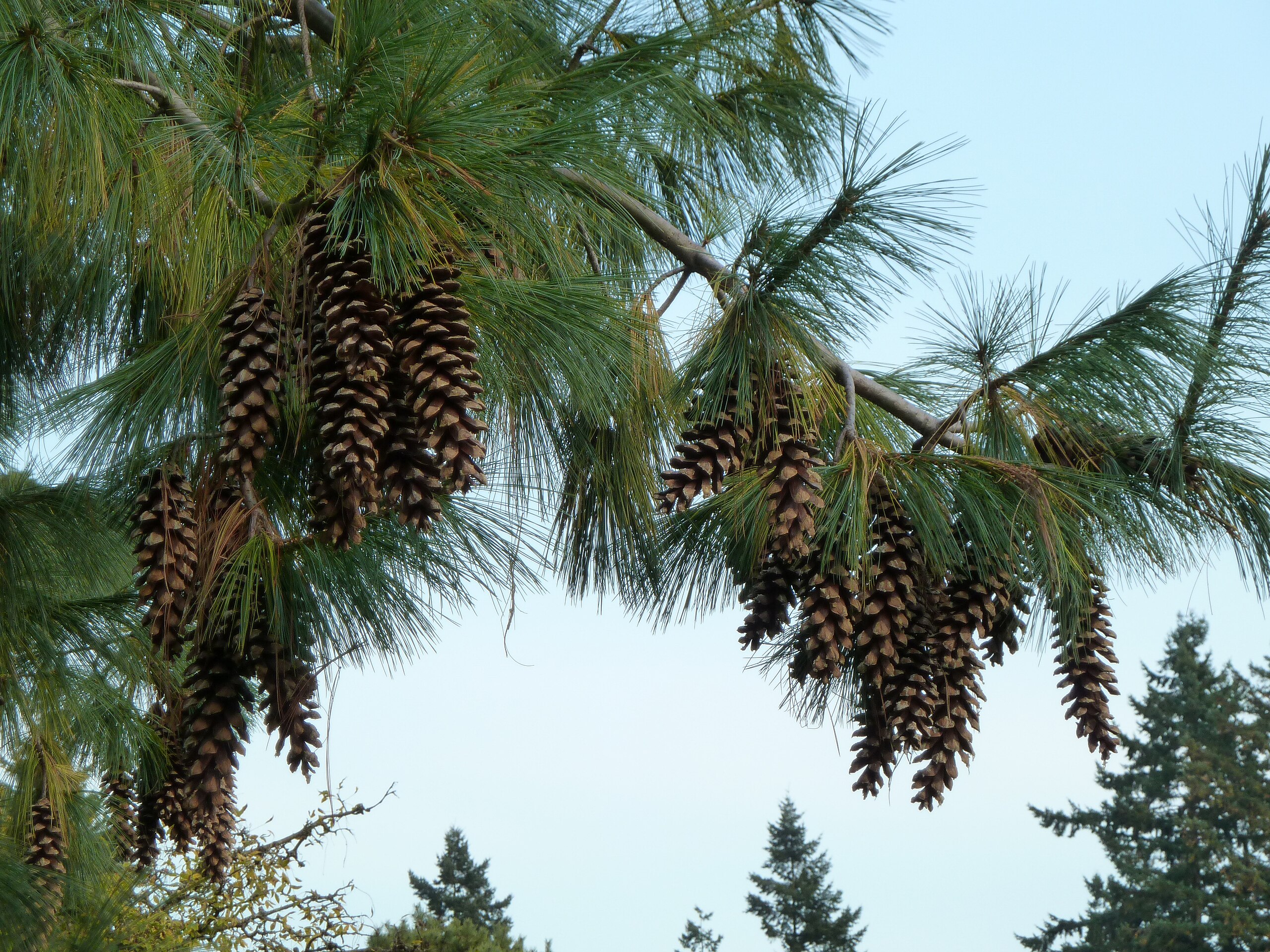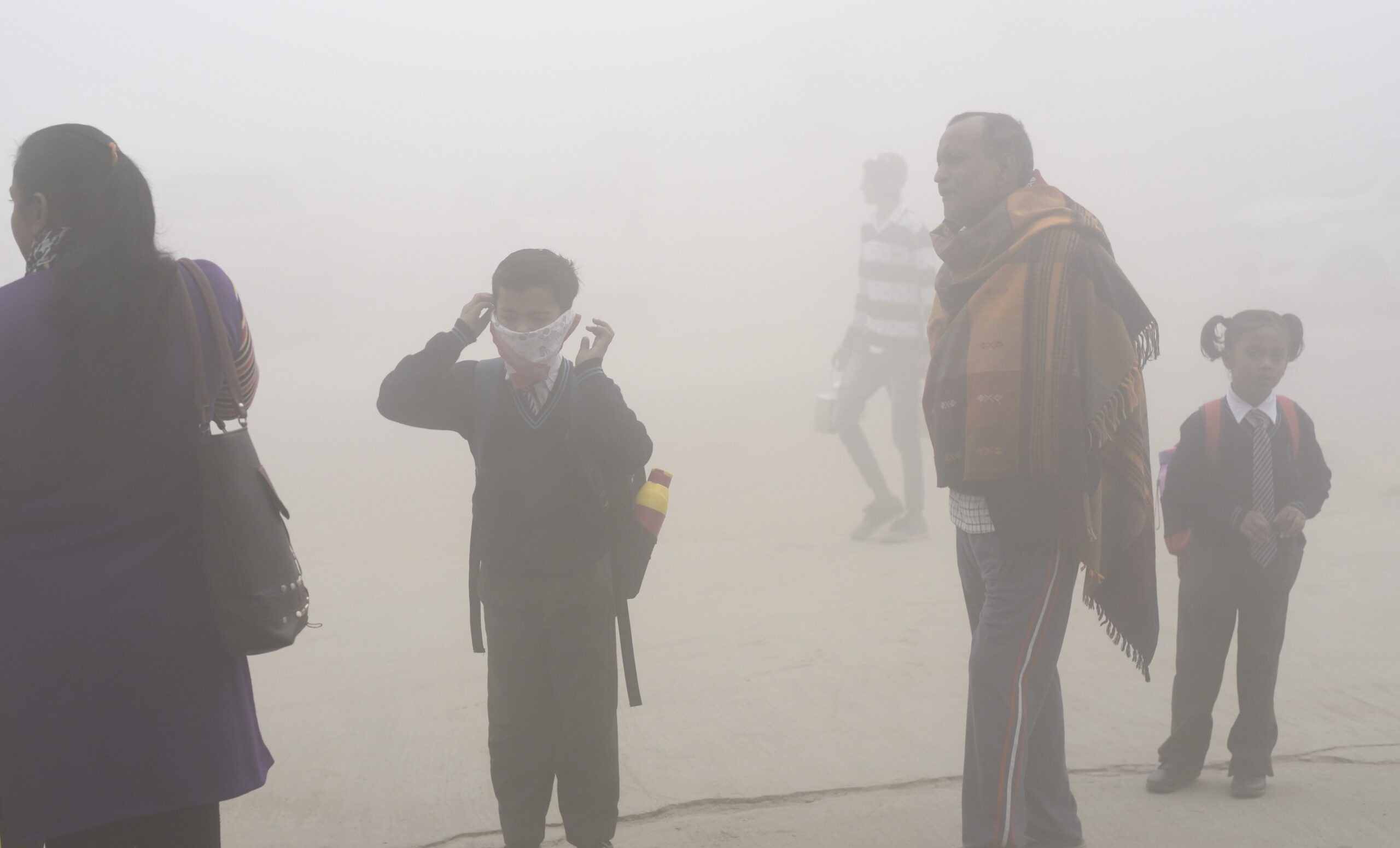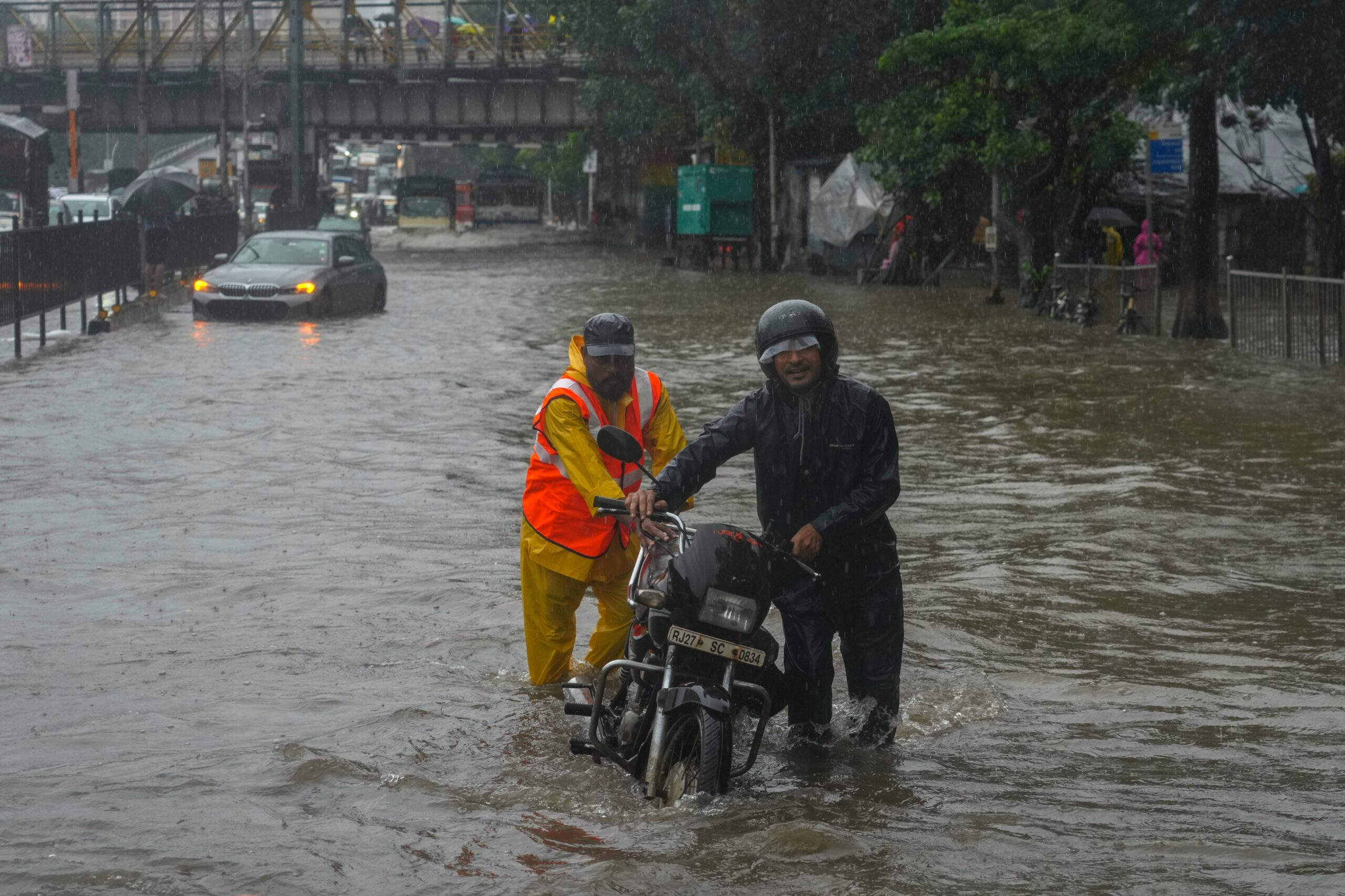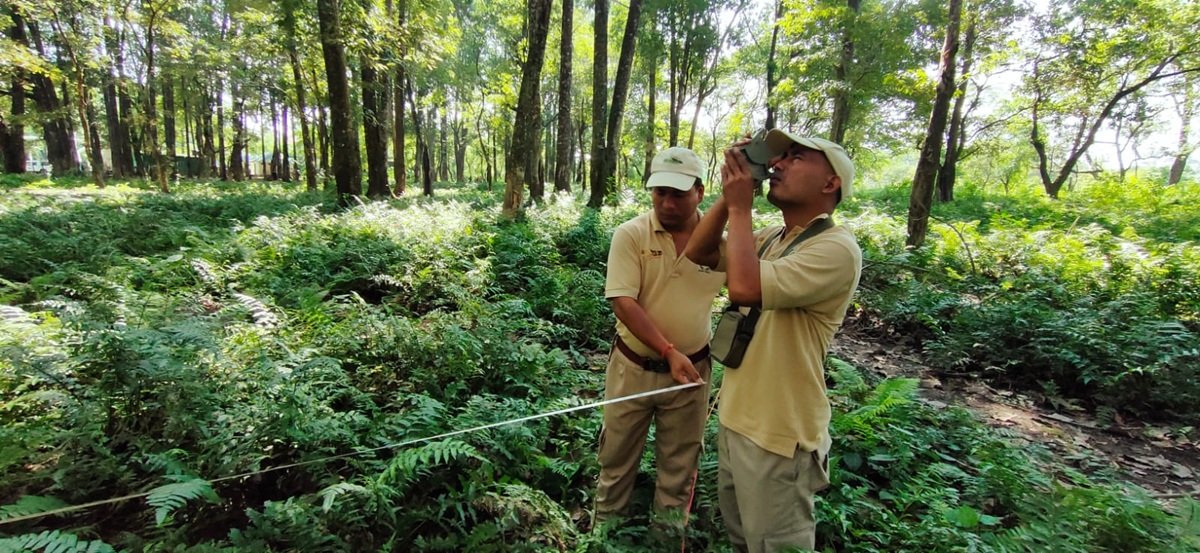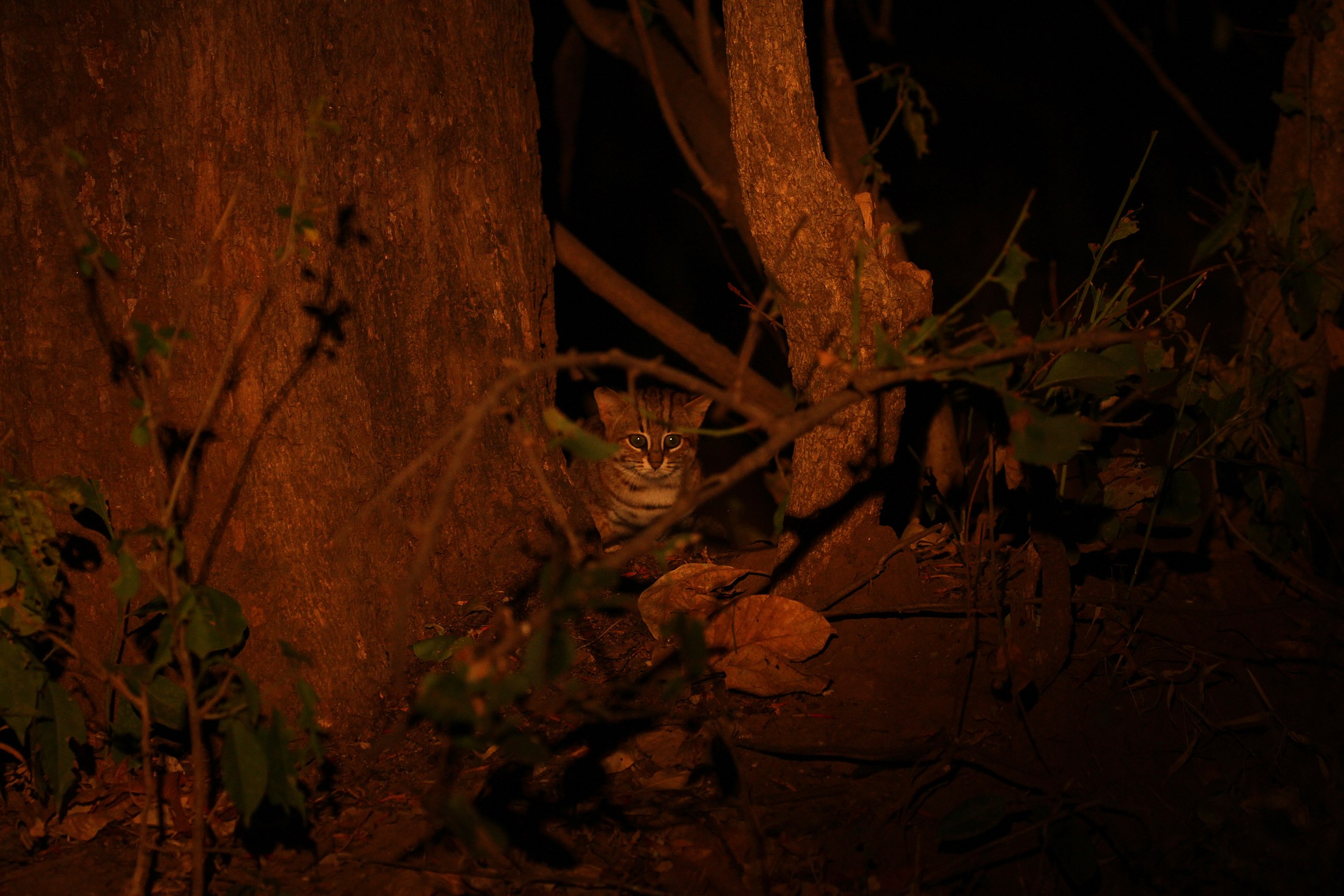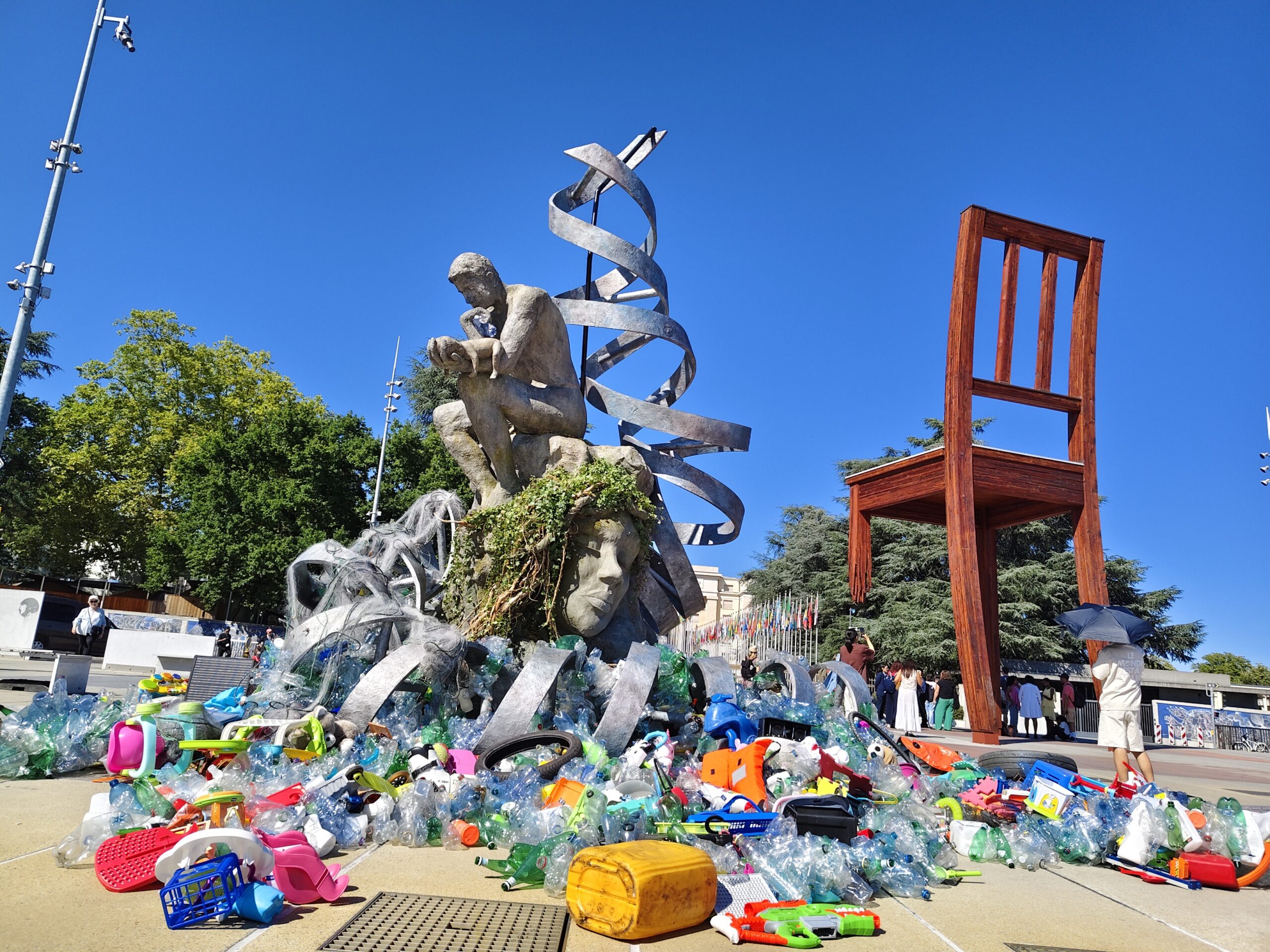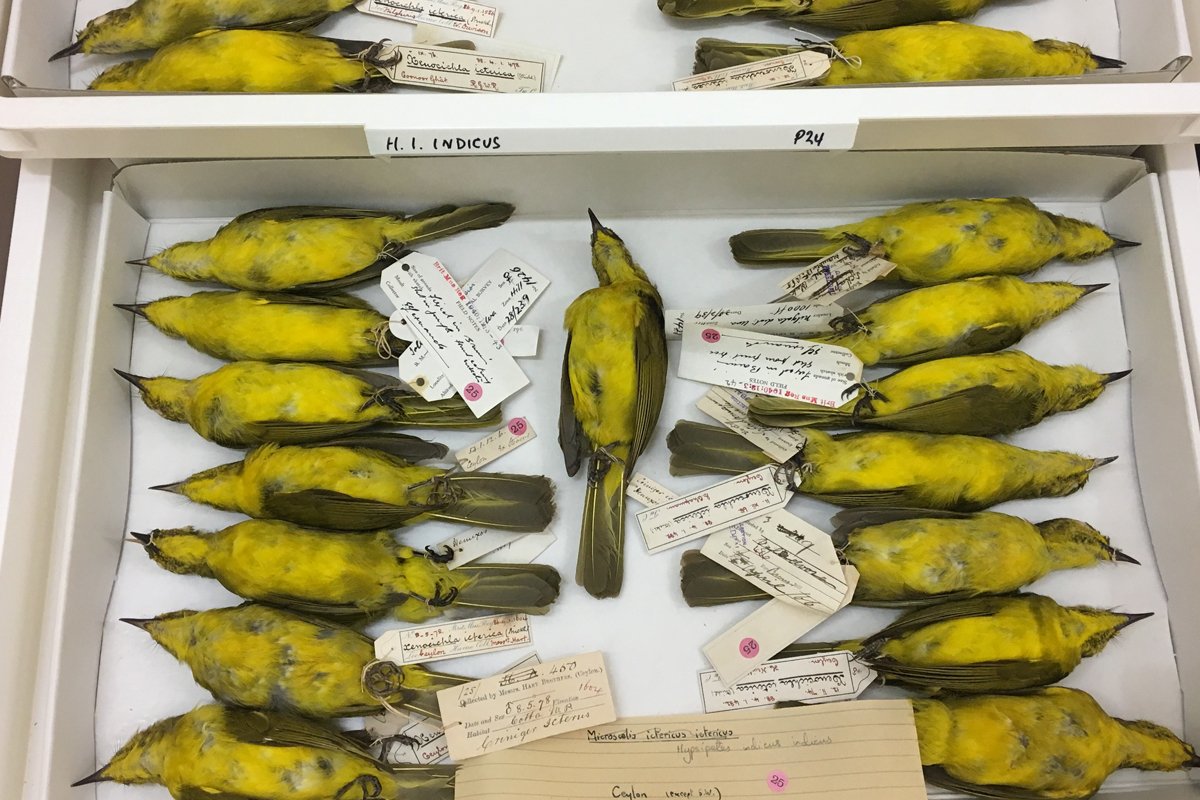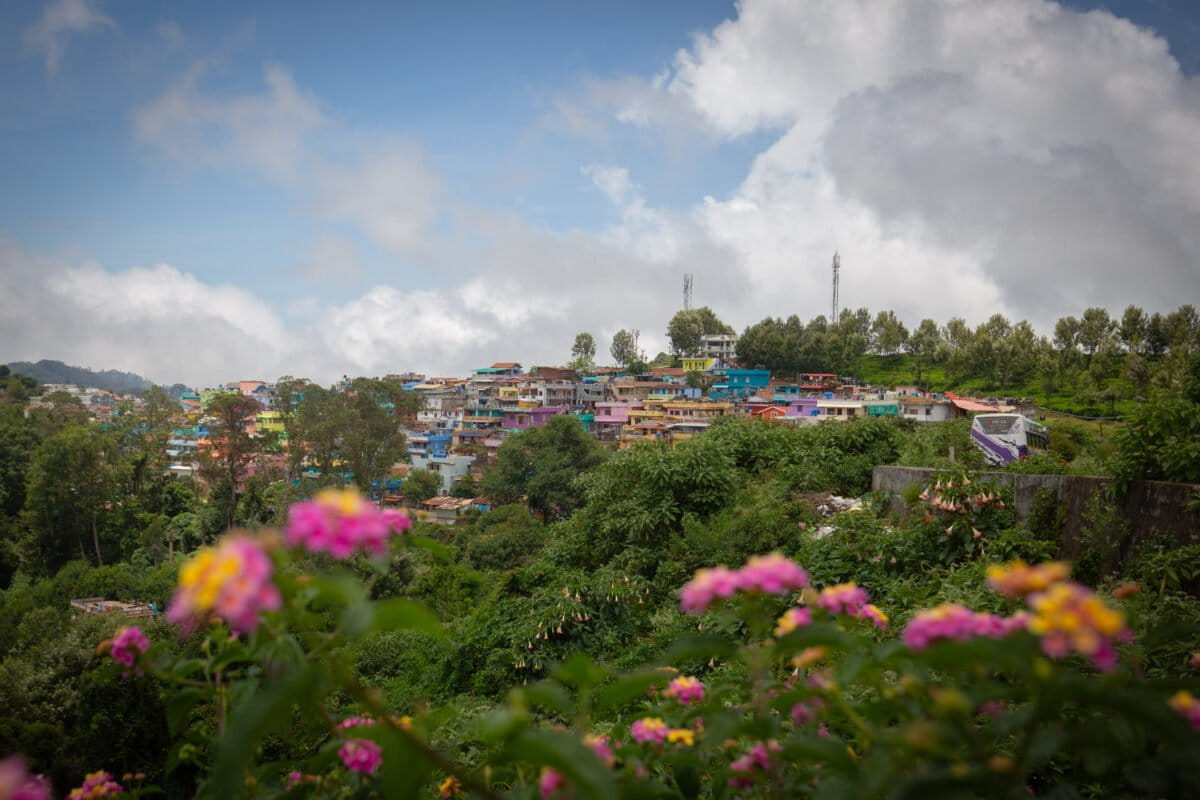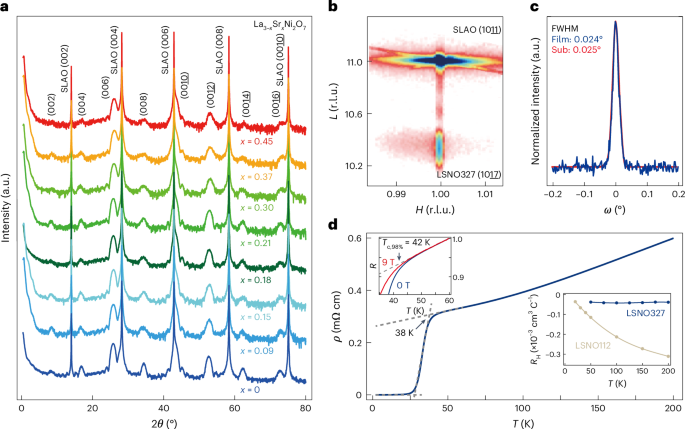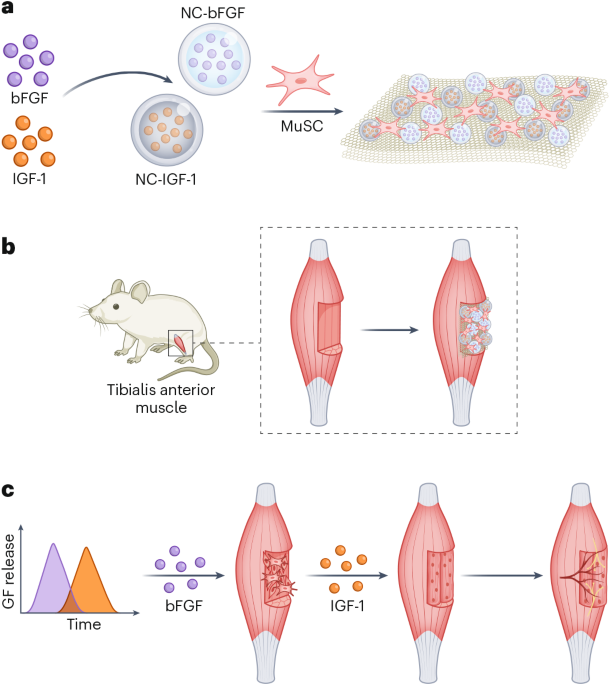
- A recent study measured the carbon sequestration potential of five wetlands in Assam and found they store between 12,650 and 76,950 kg of carbon per hectare in their soils.
- The wetlands with the highest carbon stock had greater aquatic plant coverage and species diversity than other wetlands, suggesting that these are key factors influencing sequestration.
- As rising temperatures threaten wetlands’ ability to store carbon, integrating wetlands into carbon credit systems may potentially help in their conservation.
Wetlands have long played a vital role in India’s ecosystems. As of 2025, the country has 91 wetlands designated as Ramsar sites — internationally recognized important wetlands — which span an area of 1.3 million hectares. These areas support rich biodiversity, sustain local livelihoods, and serve as important community commons. Today, wetlands are gaining attention for another crucial role, namely, carbon sequestration.
A recent study assessed the carbon sequestration potential of five wetlands in Assam — 47-Morakolong, Jaliguti, Charan, Chatla, and Urmal — from the Morigaon and Kamrup districts. The researchers found that the top 30 cm of soil in these five wetlands stored between 12,650 and 76,950 kg of carbon per hectare, with Chatla having the highest carbon stock and 47-Morakolong the lowest.
“Wetlands have many different ecological services, and carbon accumulation is one of them,” explains Subir Nag, a principal scientist at the Central Inland Fisheries Research Institute, West Bengal, and one of the study’s authors. “With climate change research gaining more impetus, the Inland Fisheries Institute is interested in understanding how our wetland resources can be used to manage climate change.”
When comparing the carbon sequestration potential of different ecosystems, the strengths and weaknesses of wetland carbon sequestration emerges. “In terms of carbon sequestration rate, forests are definitely high. However, in terms of carbon accumulated in soil, wetlands store much more carbon in their soils than any other ecosystem,” comments Nag.
The carbon stored by soils on terrestrial systems, far exceeds the amount of carbon stored in plant matter and the atmosphere. Wetlands cover only about 5-8% of the Earth’s land surface, but store nearly 30% of global soil carbon, with up to 40% of the soil mass being composed of carbon; in contrast, most agricultural soils hold only 0.5-2% carbon. In the study, the researchers found that the soil in Chatla and Urmal contained 6.1% and 5.24% carbon respectively, in the first 15 cm of depth. In contrast, upland reference sites had only about 1% carbon.

When comparing the results with earlier studies in West Bengal, Nag noted that the wetlands in Assam were poorer in carbon. “We have conducted detailed studies in both West Bengal and Assam,” he said. “Although wetlands in Assam are accumulating carbon, their overall content is less than those in West Bengal.”
This could be due to a variety of factors. Carbon sequestration in wetlands depends on the wetland type, aquatic plant diversity, sediment depth, temperature, water flow, salinity, land use patterns, and net primary productivity (the balance between carbon absorbed via photosynthesis and carbon released through respiration).
This study looked at factors such as water and soil quality, macrophyte coverage, macrophyte species diversity, phytoplankton and the total inorganic and organic carbon in the water to assess the carbon sequestration of wetlands in Assam.
Role of aquatic plants in wetland carbon sequestration
The study indicates that macrophytes, which are large aquatic plants, played a major role in determining the carbon sequestration potential of a wetland. Macrophytes, which use photosynthesis to absorb atmospheric carbon, stored between 21 to 88 kg of carbon per hectare per year across the sites.
Chatla, with the highest macrophyte coverage (80%), and species diversity, had the highest amount of carbon per unit area amongst the five wetlands that were investigated. 47-Morakolong, with the lowest carbon sequestration potential also had the lowest coverage of macrophytes.
The authors also assessed the influence of plankton productivity on carbon sequestration and found that they absorbed between 3,400 to 23,900 kg of carbon per hectare per year. The highest net primary productivity was seen in 47-Morakolong and the lowest in Chatla.
Despite Chatla having a plankton productivity as high as 300 milligrams of carbon per cubic metre per hour, the carbon capture contribution by algae in Chatla was the lowest amongst the five sites due to other factors such as the area of the wetland and the average depth of the water. The other sites showed rates ranging from 100-150 mgC/m3/hr.
The authors, however, caution against relying on plankton productivity as a measure for long-term carbon capture, as this carbon is often quickly cycled through aquatic food webs.

Another major factor affecting carbon sequestration in wetlands is temperature. The rising temperatures associated with climate change now threaten the carbon-sequestering capacity of wetlands, “As temperatures rise and we face hotter summer periods, many wetlands get dried. In this case, the aerobic layer increases and more carbon dioxide will be released into the atmosphere,” explains Nag.
A potential carbon credit system
Nag says that wetlands can be part of the solution to mitigating climate change as well. Because of their ability to capture and store carbon, he sees potential in including them in carbon credit systems. “If a wetland is accumulating carbon, and a farmer or fisherman is managing the wetland, they can get that carbon credit and earn money,” he says.
Nandan Nawn, a professor in the Department of Economics at Jamia Millia Islamia, New Delhi, points to two major obstacles to this idea. “The first question an economist, or a public policy person would ask is: who owns this carbon stock? If carbon stock is to be sold, and therefore earn credit, the property rights of the goods to be sold must be clear,” he explains.
Property rights to common spaces in India remain complex. Around 66% of civil cases in the country involve land disputes. Even in cases where ownership is clear — such as forest lands owned by the state — land use rights often become contentious as many local communities have long managed these lands. The Forest Rights Act 2006, grants these communities certain rights to land use and ownership of resources, which complicates benefit-sharing in a formal carbon market.
The second challenge is defining the physical boundaries of wetlands. “Forests are still something for which you can make a boundary. For wetlands, it becomes nearly impossible,” says Nawn. “Wetlands keep on shifting. So how would one identify a boundary for that particular area? In most cases, wetlands are not clearly defined across the country — or even globally,” he adds.
This dynamic nature adds to the difficulty of integrating wetlands into carbon credit systems. Some wetlands in this study, for instance, were seasonal — changing with river levels, temperature and rainfall. Defining stable boundaries under such shifting conditions would be a significant challenge.
Nawn also questions the practicality of such a system. “Certification agencies are not interested in an ecosystem’s carbon sequestration potential, but the actual carbon sequestration that is happening,” he says. “Not only is the measurement of carbon stock a challenge in this case, but it also comes with an enormous monitoring and transaction cost,” he adds.
Despite these obstacles, integrating wetlands into the carbon credit system may not be impossible. Voluntary carbon markets in places like California have already begun including them, with the intention of eventually integrating wetland carbon credits in a compliance market system.
Nag remains hopeful that India will follow suit. “By earning carbon credits for protecting wetlands, we can simultaneously increase their carbon stock and protect them. In this way, to some extent, we could manage greenhouse gas emissions and climate change. Governments should focus on such policies, just like in other fields of climate change policy,” he says.
Read more: Majuli’s shrinking wetlands and their fight for survival
Banner image: Deepor Beel in Kamrup is Assam’s only Ramsar site, despite the state having over 1,000 wetlands, many of which face threats from human pressures. Image by Hirakjyoti Bayan via Wikimedia Commons (CC BY-SA 4.0).



